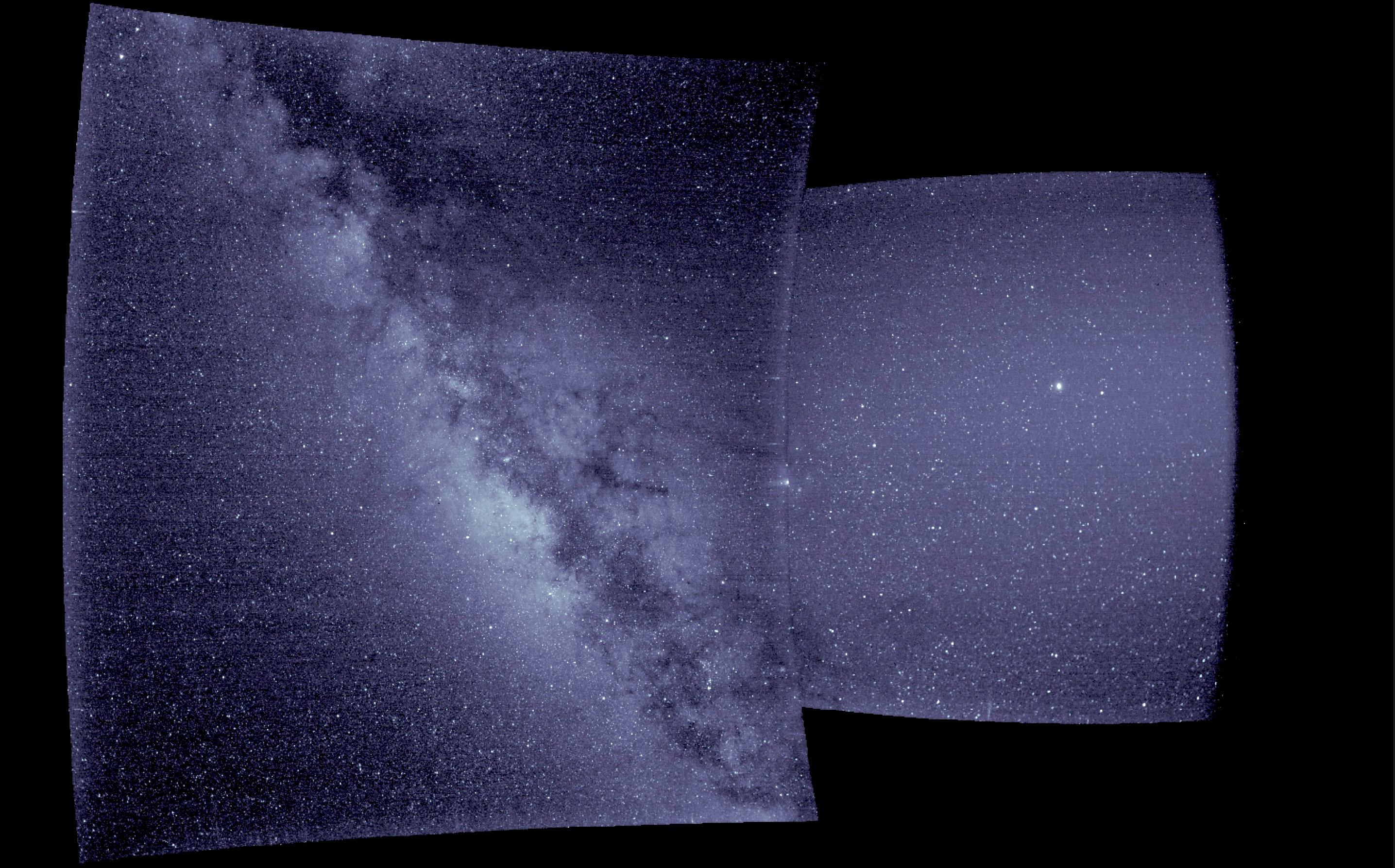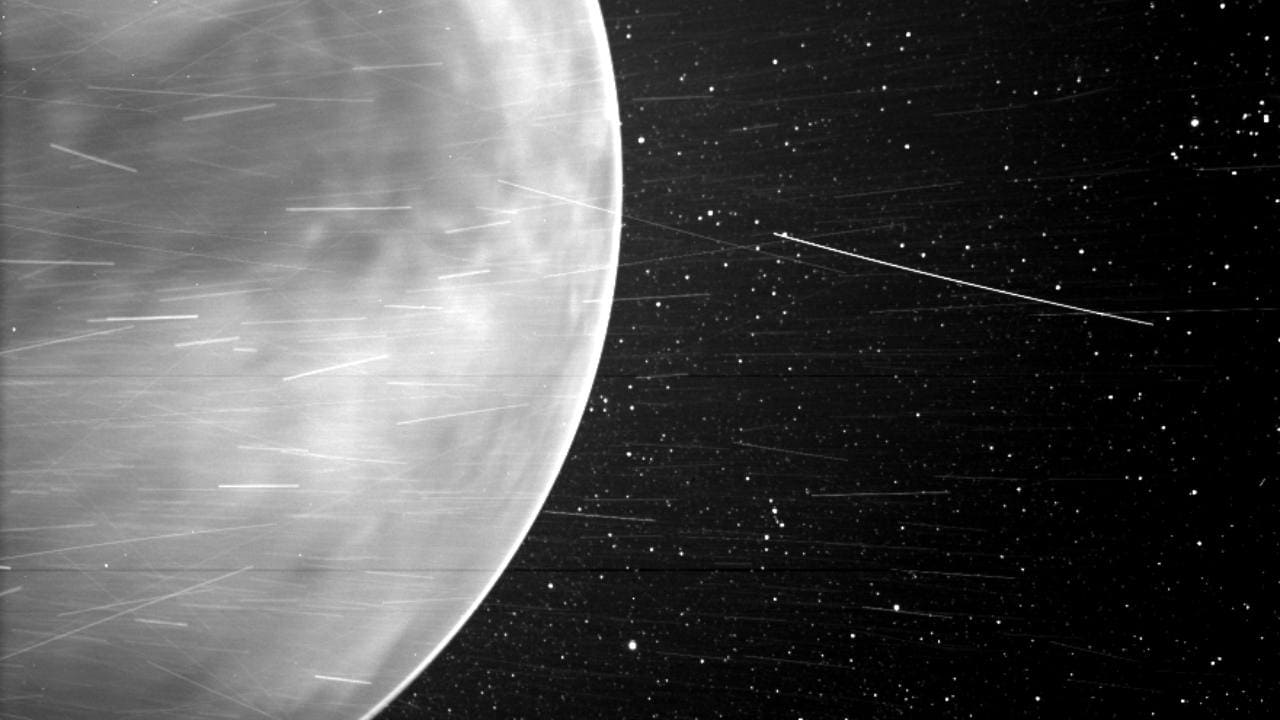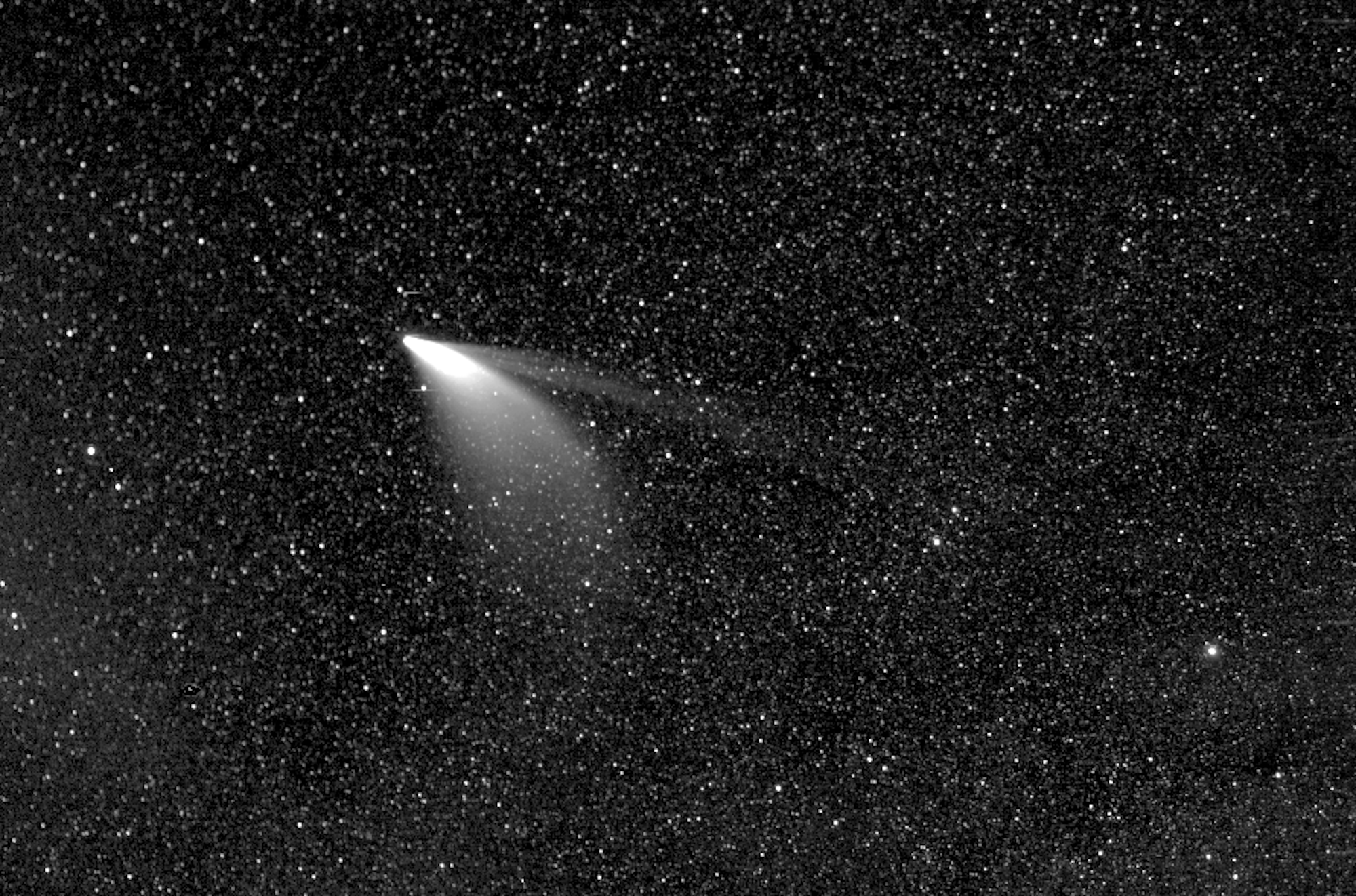The Wide-field Imager for Parker Solar PRobe (WISPR) is the sole imager aboard the Parker Solar Probe (PSP) mission, which launched in August 2018. PSP is a unique mission designed to orbit as close as 7 million km (9.86 solar radii) from Sun center. WISPR employs a 95◦ radial by 58◦ transverse field of view to image the fine-scale structure of the solar corona, derive the 3D structure of the large-scale corona, and determine whether a dust-free zone exists near the Sun. WISPR is the smallest heliospheric imager to date yet it comprises two nested wide-field telescopes with large-format (2 K × 2 K) APS CMOS detectors to optimize the performance for their respective fields of view and to minimize the risk of dust damage, which may be considerable close to the Sun. The WISPR electronics are very flexible allowing the collection of individual images at cadences up to 1 second at perihelion or the summing of multiple images to increase the signal-to-noise when the spacecraft is further from the Sun. The dependency of the Thomson scattering emission of the corona on the imaging geometry dictates that WISPR will be very sensitive to the emission from plasma close to the spacecraft in contrast to the situation for imaging from Earth orbit. WISPR will be the first ‘local’ imager providing a crucial link between the large-scale corona and the in-situ measurements.
WISPR 3I/ATLAS Observations
Between 18-OCT-2025 and 05-NOV-2025, the WISPR instrument on Parker Solar Probe (PSP) was able to successfully capture a sequence of images of comet 3I/ATLAS. This coincided with a period of time at which the comet was unobservable from Earth due to it being in daylight skies. The WISPR cameras are specifically designed to be able to observe very close to the Sun, and thus were able to successfully detect the comet.
We are releasing the raw science data from this observing sequence, as well as our initial cursory processed version of the images. However, there are some critical factors that any users of this data must consider. Standard operating procedure for WISPR data is to release data three months after downlink from the spacecraft. This allows the instrument team to perform the necessary calibrations to make the data useful for scientific investigation. These images have been prepared for release ahead of the typical schedule, and… more



